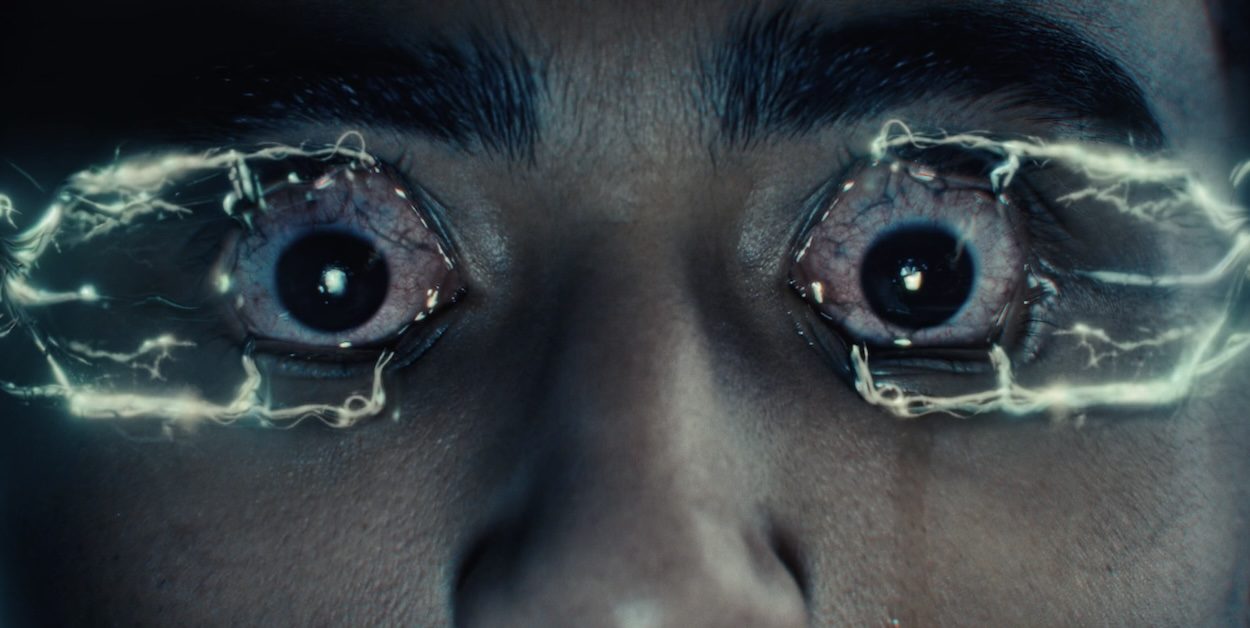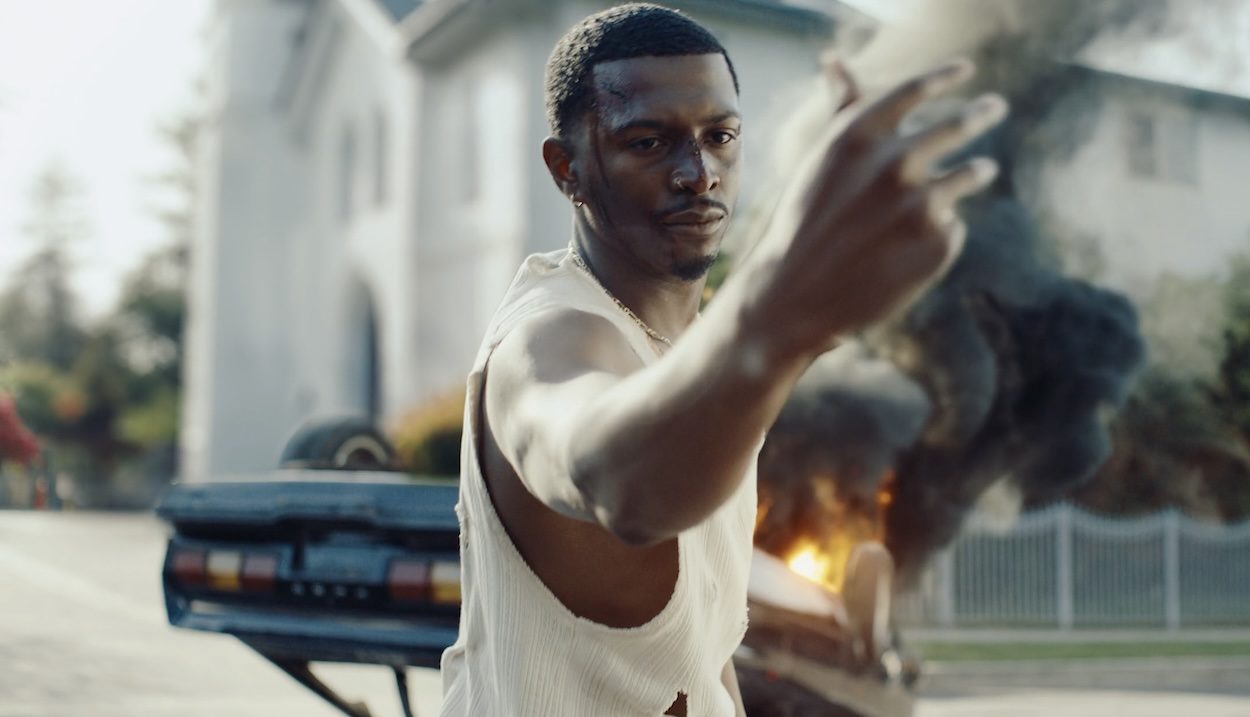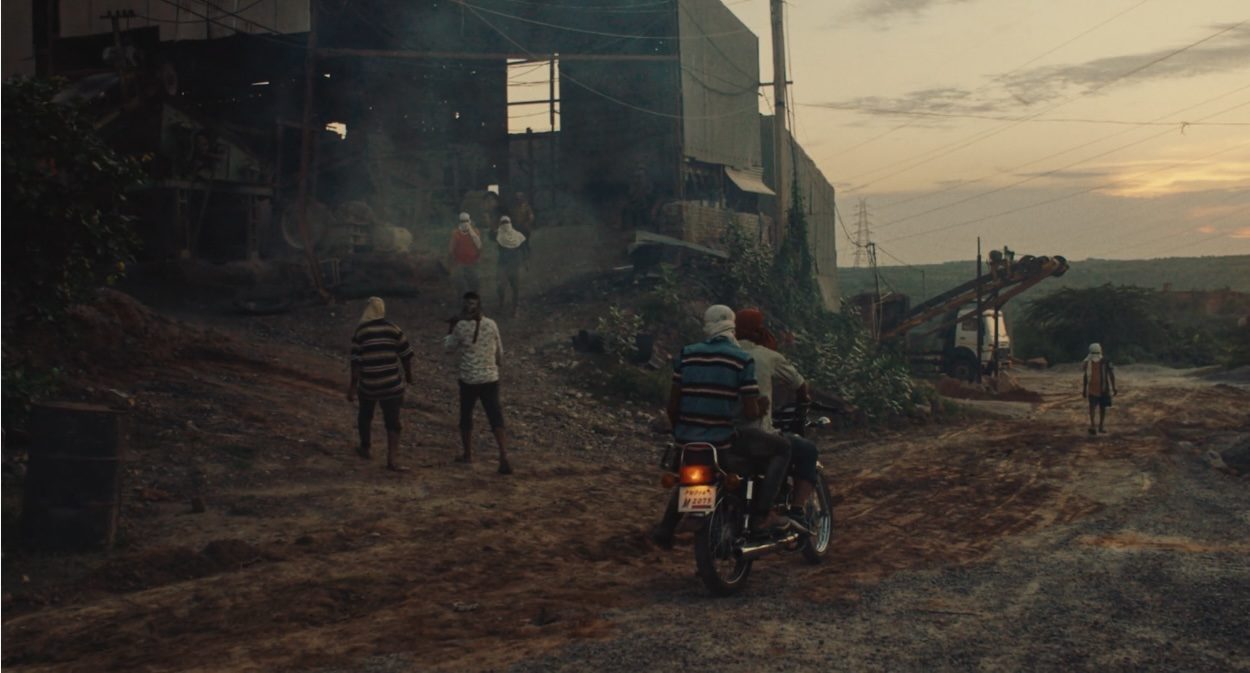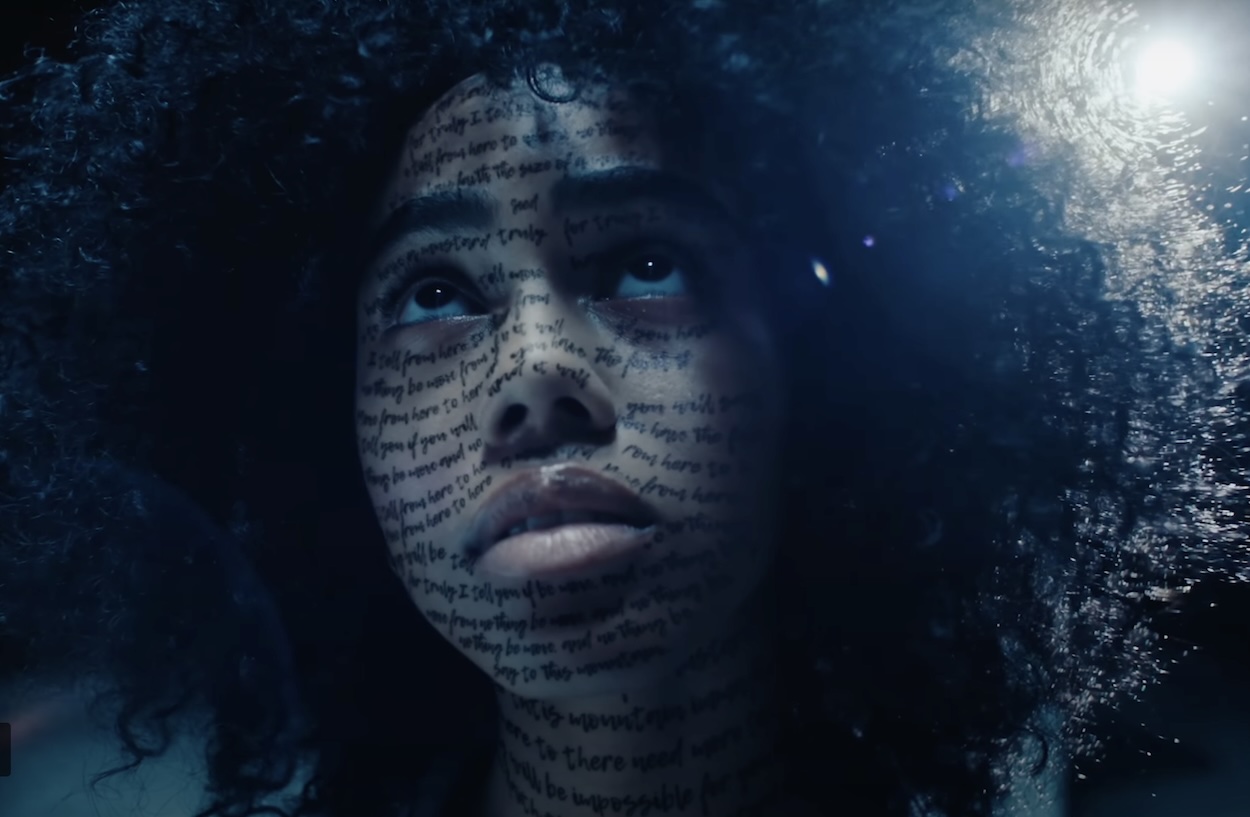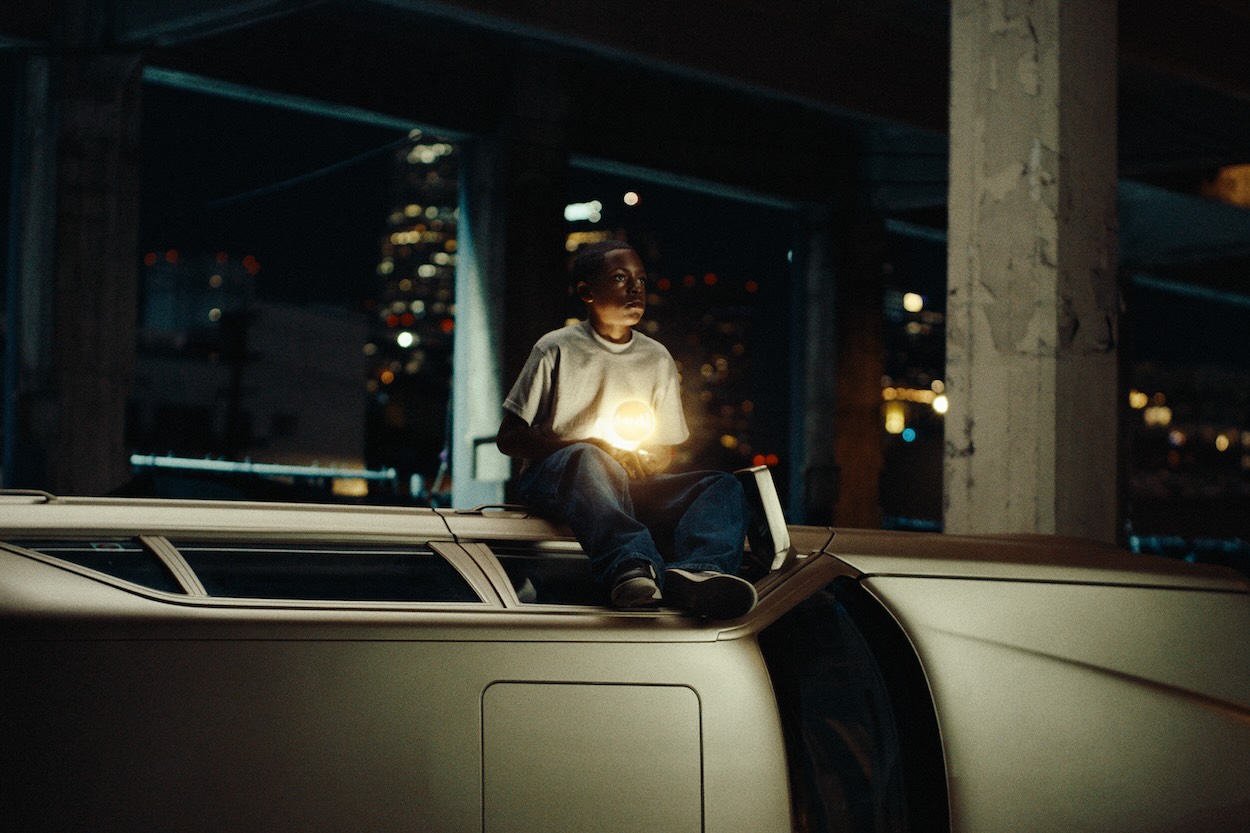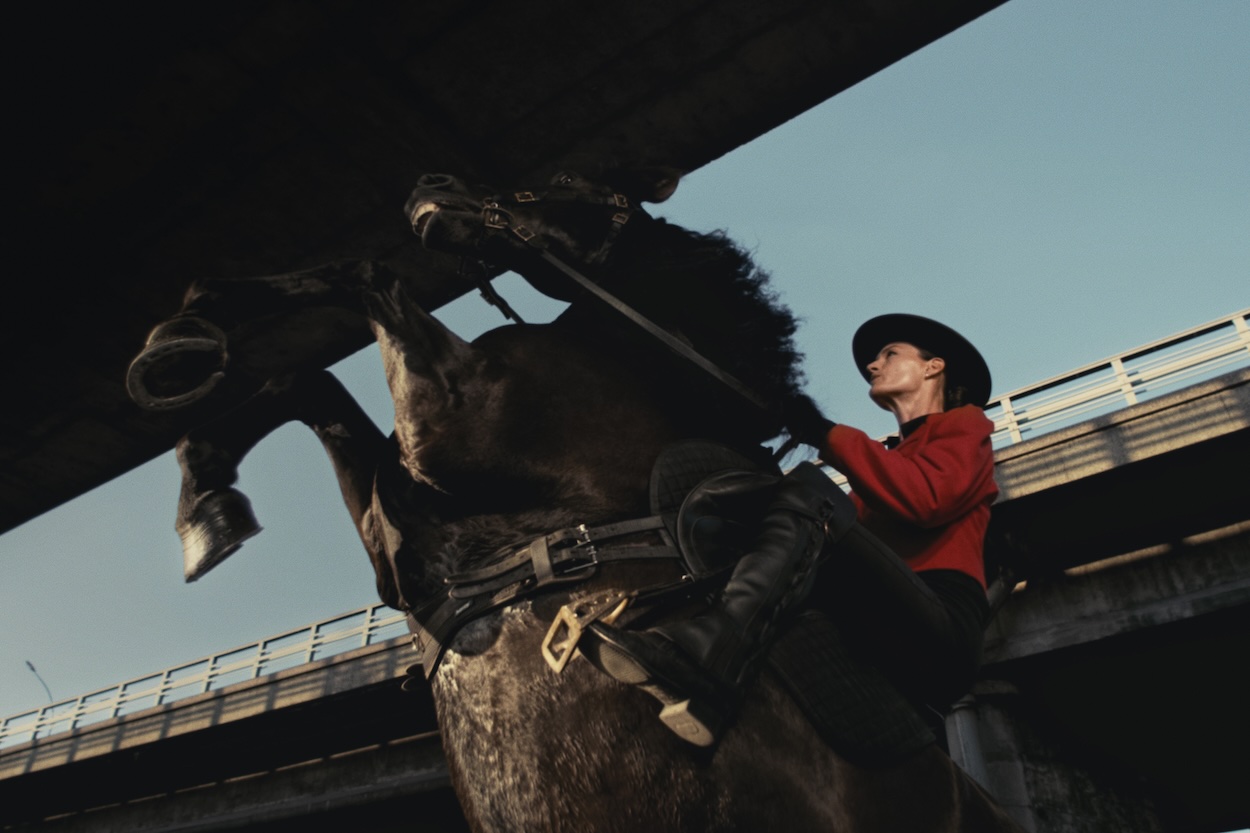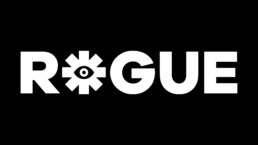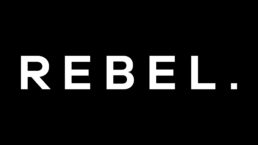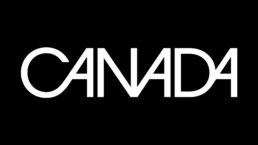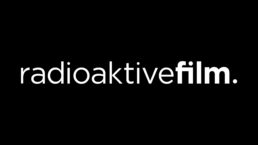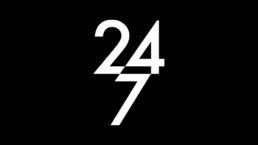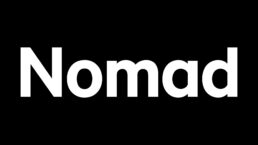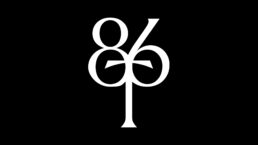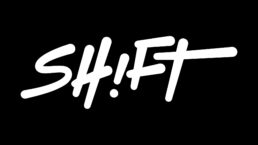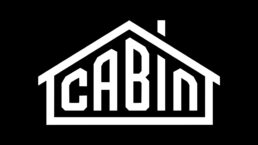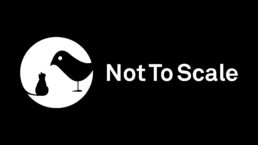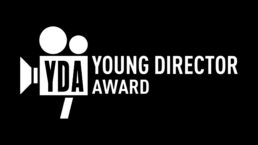From Mustard, Parking Lot ft. Travis Scott
Did you grow up in a creative environment? When did you decide to go down the route of directing?
If we refer to my parents or close family as a “creative environment”, the answer would be no. I’m the only artist in that circle. Yet, I was drawn to the small amounts of creativity I found in day-to-day life; family stories of distant relatives who were theatre artists or listening to my grandparents who sang to me every day, or me travelling to London at a very young age to visit some family members (which was quite eccentric for the time and given where I’m from). I had a lot of alone time growing up, and these unique small details in part are where my creativity comes from.
I navigated my way to film directing through design and music first. During my studies, I specialized in (product) design fiction. We had to write scripts involving solving problems with the future in mind. Parallel to that, I had a band (like most of us did!) and ended up producing a total of three albums. Music is a deep part of me and what drives me mainly in my day-to-day creativity.
After I finished my masters, there was no job in the niche industry that I profiled myself for, so instead of chasing tails and following some turn of events, I began acting, professionally, making a living out of it for about two years in London. It is something I’m pretty proud of as you can imagine how hard this can be (moreover as a director, it’s very important to understand the situation you’re putting actors in, so it is a tremendous help to have been through it myself). Then a few advertising agencies started to notice my profile and I ended up working as a freelance art director on some global campaigns for a couple of years.
All these experiences put together gave me a sort of 365-degree jump start in terms of understanding the industry and of the craft itself, and I ended up directing a short film that I wrote with a friend. That first short film ended up in festivals and brought more projects on the table, then my first representation, then my first professional directorial job, and so on.
How does your design background come into play during the various stages of the creative and production process?
It’s very present. Product design is one of the hardest ways to create, due to the many constraints that manufacturing a product requires. So you learn very quickly how to reach a certain result with very limited time and means.
I use these skills to get to know quicker if and how it can be done, how unique I can make it look within the given time and budgetary frame, and mostly, how I can use the project to push the extra mile and innovate. That’s my drive and that’s coming straight from the design world.
From Mustard, Parking Lot ft. Travis Scott
What was the brief for your latest spot for SYNC Use Digital Without Digital Using You? It must have been fun to embrace all the dystopian horror tropes from the Clockwork Orange-inspired eye clamps to the masked masses – what influenced and inspired the creative concept?
The brief was built by the client on the realization that many young people do not spend over seven hours, 18 minutes and 39 seconds a day on their phones by choice alone. Big tech companies use strategies like infinite scrolling, echo chambers, and personalized notifications to keep users engaged and get them addicted. They play on psychological triggers such as social validation, self-esteem issues, making it difficult to disconnect.
So the agency created a concept that visualizes the manipulative tactics of big tech in a way that is both appealing and thought-provoking for Gen Z, and the brief consisted mainly of never coming across as parenting or directive.
The biggest challenge was to make it all fit within 90 seconds. We’ve gotten along extremely well with the team, the client and agency have trusted us to the end, so we’ve been able to push it quite far and make some miracles happen. It was amazing to be able to work with such cinematographic references in mind (Clockwork Orange, Blade Runner #1, etc).
With the combination of live action and VFX, it feels like there was a lot to bring together in the edit. Do you typically have a sense of the final edit when you’re on set for a project like this, or does the piece reveal itself in the cutting room?
There is actually a lot more in camera than one would think. I generally favour in-camera tricks and think of a film and how to make it happen on set. The VFX only come in to play if there is no other way, and when they do, it’s always to work like good make-up: most of the time you can’t tell.
I may sometimes have a sense of the final edit when I write a project, but I force myself to avoid that thought. I think it’s essential to let the piece live and reveal itself in the cutting room. I’m not a bad editor myself, but I’m lucky to be able to collaborate with the very best, and any time I write a film, I can’t wait to be in the editing room with them, see the magic coming on screen.
Chinese Man, We’ve Been Here Before
Speaking of multiple different elements, we have to namecheck Chinese Man We’ve Been Here Before as one of our favourite films of yours: from the intriguing concept to the stunning cinematography and the incredibly rich imagery and cast of characters we see passing through the checkpoint. Can you share your original creative vision behind the film, and how that evolved during production? What were the biggest challenges you faced, production wise, in pulling off the shoot – and how much was captured in camera versus in post?
The original vision was to bring something very mundane on screen, something so repetitive that you would need to dream about extracting yourself from it, even as an audience, and therefore connect with the music and the surrealism that we brought on top to help fly away from the routine.
The biggest challenge was to find the perfect balance between surrealism and down-to-earth narrative, whilst never falling into burlesque. The track has a very specific tone to it: it’s a waltz with hip hop on top. Matching that uniqueness was the biggest challenge. I imagined every scene as one bold impactful metaphorical image, and what that image could bring to the narrative and to the original idea.
Production happened over two half-days/half-nights in Paris. Each scene being crucial to make it stick together, another challenge quickly surfaced: not mess one up. Focus wise it was a strong team effort to push on every scene, with care and imagination brought to every detail. Big shout out to MYND (c/o WANDA) here! Almost everything is in-camera. VFX was mainly used to clean, help with one multi-pass, or enhance a few bits here and there. The main portrait shot with the rider set on fire for example, the one with the flames circling around her eyes, is 100% in-camera (shot in Phantom).
Films like Chinese Man We’ve Been Here Before and Muse Compliance are rich in metaphorical imagery, seeming to raise more questions than they answer. As a director, is it important to leave your work open to different interpretations by the viewer? How do you balance this with getting your creative vision/message across?
I try to never create without meaning, and when creating, I always make sure that I can invite the audience to question what they see.
If you take Chinese Man for example, we’re talking about déjà-vu, parallel universe, but also about routine, a repetitive job, one single character with dreams, ambition, boredom, maybe the will to escape, all of that is in there. But you don’t have to see it all, you can just pick one up, or even see something entirely different, that’s fine. It’s like a good whisky or wine tasting, there is no right nor wrong interpretation, there is yours and that’s the one that counts.
My job is to keep you dreaming in one direction and to hold you in the waters that I want you to navigate, leaving some parts unanswered for imagination’s sake. And if you can find new paths, new maps, then that’s even better. What I want to do is make you work too.
Jeremi Durand on location, Chinese Man We’ve Been Here Before
Your work explores some pretty heavy and existential themes: parallel universes and déjà vu (We’ve Been Here Before); reincarnation (Yodelice The Light Of My Hands); dystopian and oppressive societies (Compliance and SYNC). What’s the appeal of these topics, and are there any other themes you feel compelled to explore as a visual storyteller?
I think it’s very important that art, in general, keeps on opening doors and asks us to question our ever-changing society. The themes of my work often touch on what could be described as social surrealism, which consists of envisioning metaphorical visuals that have a social reach of some sort. These topics speak to me because they’re fundamental to who we are and who we have become as human beings, through every century, any religion or era. I love (and hate) humans for our complexion of machinery and mind, so any subject matter linked to us has always been truly fascinating to me.
I could most definitely work with themes like love, friendship, anything that can trigger a human emotion is worth exploring. As long as I can bring something new to the table, I’m up for the challenge.
What are you working on at the moment?
After a full year working very hard, I had to take a small break. I’ve just released my latest music video for Mustard Ft. Travis Scott – Parking Lot, so now it’s a whole new horizon ahead of me. I’m writing a feature film, I would love to direct more narrative and fictional work, maybe some series episodes, and of course direct more ads and music videos as they come.
Interview by Selena Schleh
INFO:
Jeremi Durand website
REBEL./ROGUE website
MYND website
RADICAL MEDIA (US) website
@_jeremidurand
@roguefilms
@mynd.paris
